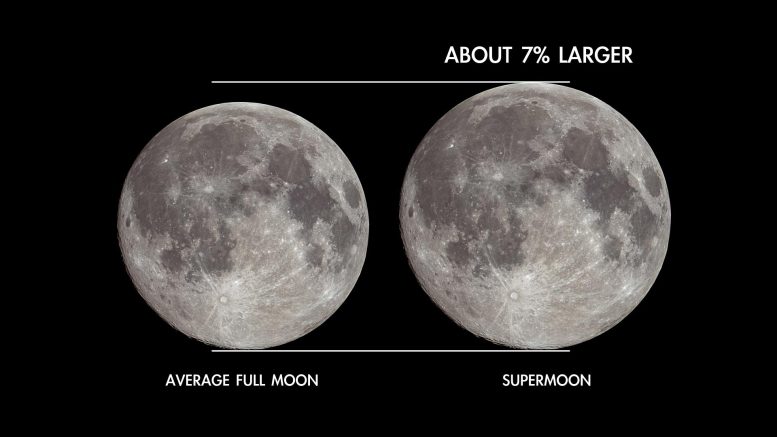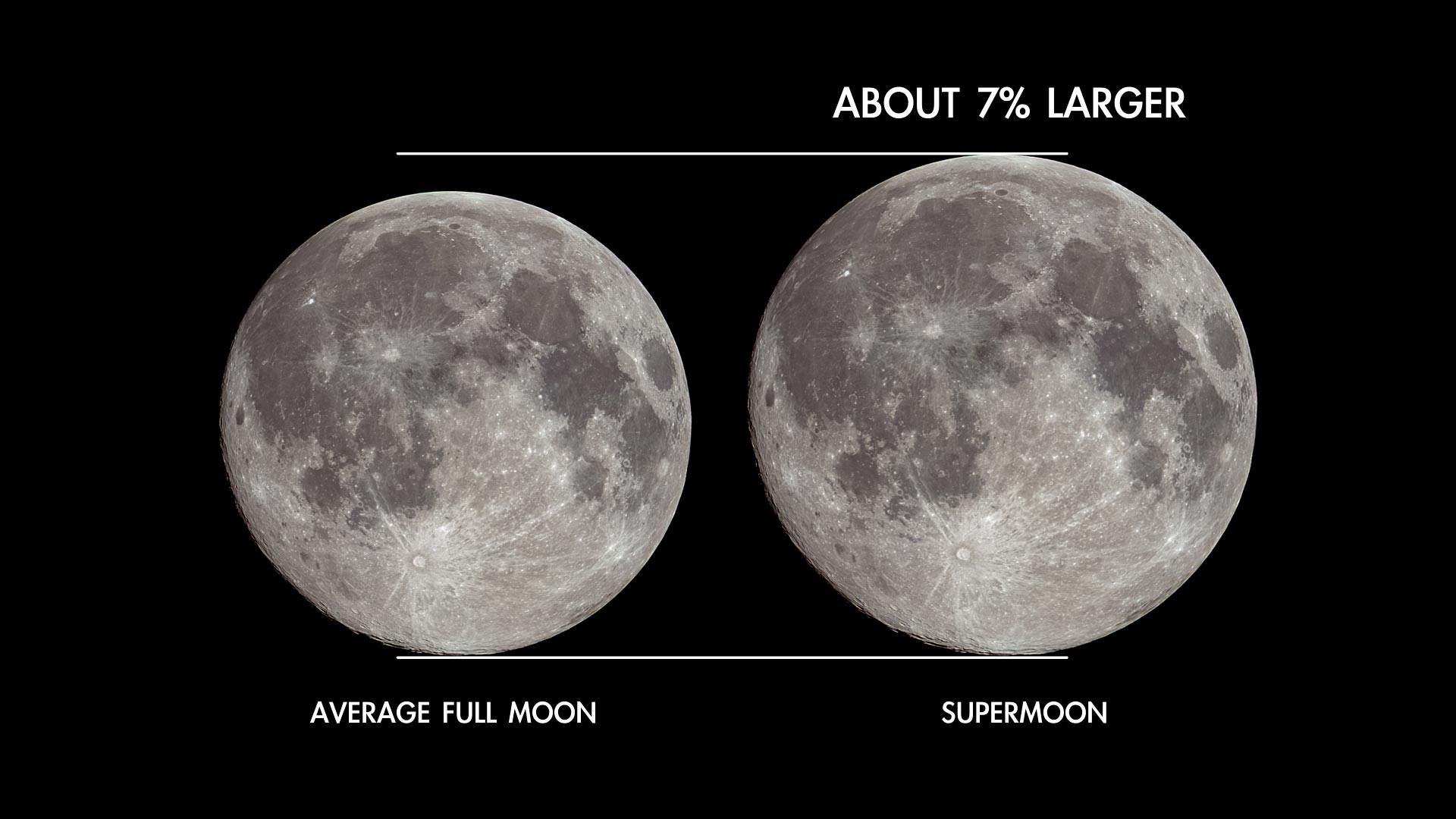On August 19, 2024, the Moon will be particularly special, showing up as both a supermoon and a blue moon. This rare combination makes the Moon appear larger and brighter due to its proximity to Earth and marks a unique occurrence in its cycle that adds an extra full moon to the season.
A trifecta of labels is being applied to the Moon of August 19, 2024. It’s a full moon, a supermoon, and finally a blue moon. You may hear it referred to as a super blue moon or blue supermoon as a result. It sounds exciting, but what does that really mean? We’ve got you covered.

What Is a Supermoon?
The Moon travels around our planet in an elliptical orbit, or an elongated circle, with Earth closer to one side of the ellipse. Each month, the Moon passes through the point closest to Earth (perigee) and the point farthest from Earth (apogee). When the Moon is at or near its closest point to Earth at the same time as it is full, it is called a “supermoon.” During this event, because the full moon is a little bit closer to us than usual, it appears especially large and bright in the sky.
Because the Moon’s orbit wobbles and differs depending on where the Sun and Earth are in their orbits, the exact distance of these closest and furthest points varies. But the Moon can look up to 14 percent bigger at perigee than apogee.
This animation shows the difference between a Moon at its closest point to Earth, when supermoons occur, and at its farthest. Distance to apogee and perigee vary by event. Credit: Daily Moon Guide to see if you can locate some of their recommended daily Moon sights.




















Discussion about this post